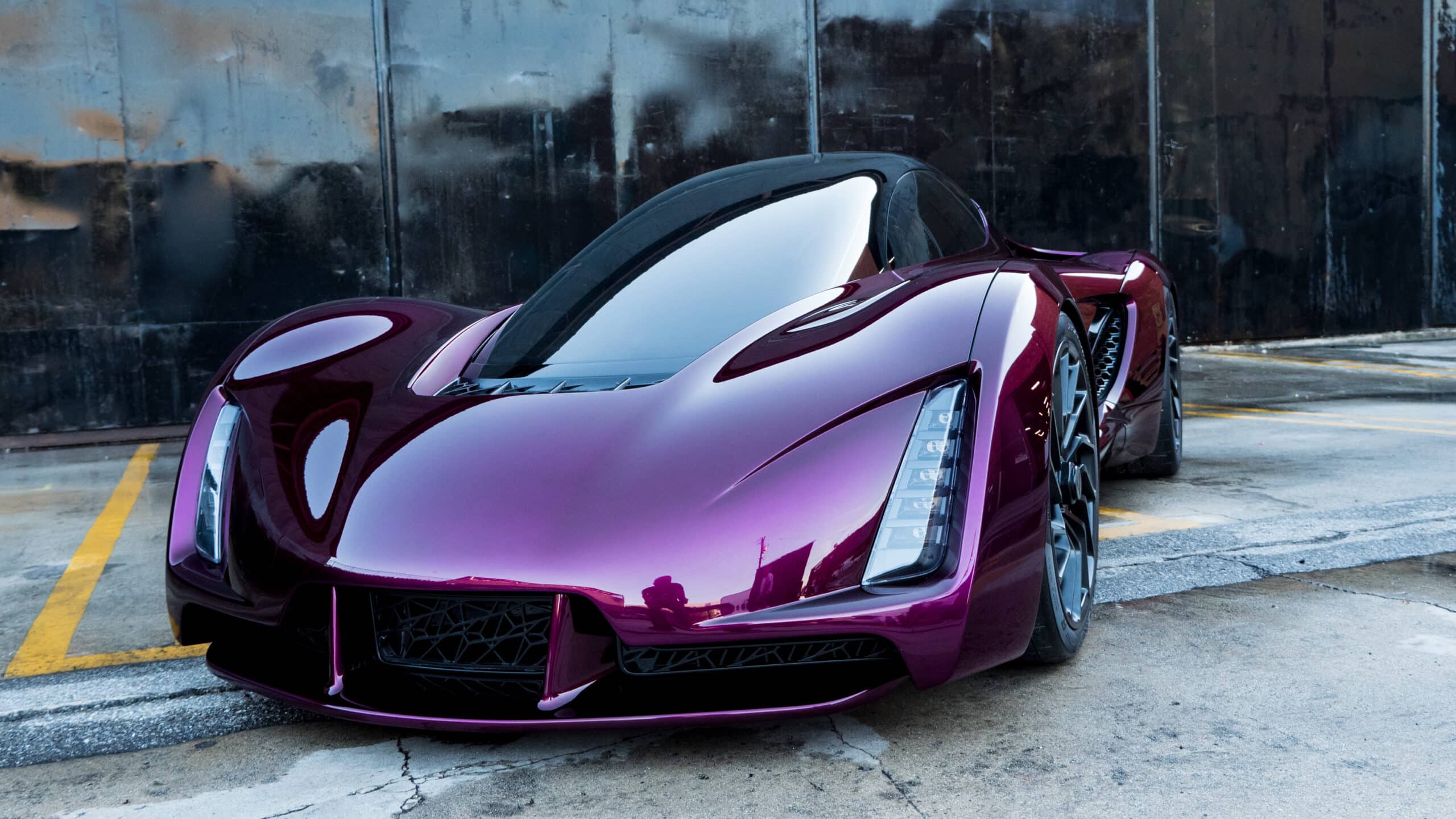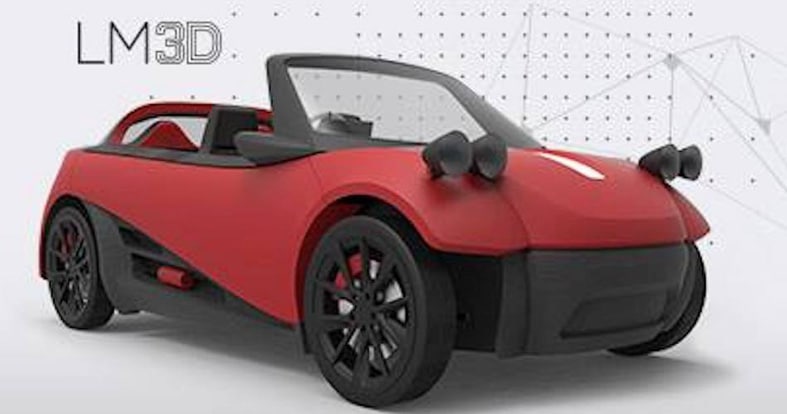Imagine what it would be like if the automotive industry could bring the Tron Legacy concept to life. We may be decades far from that, or not. The dawn of additive manufacturing is a threshold of amazing feats by the automotive industry, starting with integration of automotive prototyping in manufacturing of cars.
Bringing 3D printing into the manufacturing process is a phase that you will come to reckon. More so considering how automakers are jumpy over it to counter innovation from their competitors. It begs the question; can automotive prototyping revolutionize the automotive industry?
Additive manufacturing in automotive prototyping
There would be no 3D printing without additive manufacturing playing a role in this frame. Additive Manufacturing adds layer-upon-layer of material to build 3D projects. You may be hearing about AM now, but its stay with us for the past decade has shaped manufacturing processes and transformed design.
Additive manufacturing works fluently with plastic, concrete and metal and brings forth new customizable material. It short lead-time has prompted CNC machining to incorporate automotive prototyping into the automotive industry.
Stemming 3D printing out of additive manufacturing to revolutionize the automotive industry
The integration of 3D printing in the automotive industry is a well-informed investment. It has tabled differentiation in two ways:
- It has transformed the supply chain and cutting costs.
- It allows for faster product design and innovation.
3D Printing has been mainly used for rapid prototyping and it stemming out from additive manufacturing has been a profitable venture for vehicle manufacturers. Since its incorporation into the manufacturing process, additive manufacturing technology has created headways for numerous 3D applications.
If you own a supercar or you are a Formula 1 enthusiast, you owe a lot of gratitude to additive manufacturing. Formula 1 teams and supercars have made extensive use of 3D printing technology, which has cleverly stemmed out of Additive Manufacturing.
 How 3D printing has reshaped Formula 1 and supercars
How 3D printing has reshaped Formula 1 and supercars
If you are an ardent fan of F1 and you never miss the races, you should connect to the adjustment window in F1 races. Formula 1 cars need adjustments therefore parts have to be produced on demand. This is where additive manufacturing and 3D printing come in.
Additive technology allows F1 teams to build adjustment parts faster, stronger, and lighter. On a normal manufacturing day, it would have cost you a lot of cash to manufacture race ready parts. The flare of 3D printing makes it possible to produce these parts in a matter of hours.
3D printing in the F1 yard is the advantage you have over the previously arduous manufacturing process. F1 teams have made the most out of 3D printing, using it to print aerodynamic and repair parts that have been used to up the F1 game.
3D printing has spawned amazing bodywork. A good example you can relate to is the Abarth used by Galantis for one of their music videos. It transforms from a lack-luster skin to a shade of black and white. This bodywork concept is 3D printing at work and it doesn’t stop there.
F1 teams have further used it to generate rear wings and for gearbox assemblies. Far from that; enter Supercars. Supercars have gained major prowess in the automotive industry, stealing major limelight from the likes of Rolls Royce and Cadillac. You will soon learn a close affiliation with additive manufacturing is what places supercars the apex ride.

Take Lamborghinis for instance. In order to get the full picture, you have to look beyond just under the hood but behind the curtains as well. Stratasys, Lamborghini’s partner and also a leading AM technology partaker have created an alliance to build 3D printed parts.
This alliance has made the Avetador great in aesthetic functions and performance. If you think, you would rather opt for traditional manufacturing rather than automotive prototyping think again.
Contrast between 3D printing and traditional manufacturing
A peak under the hood of the Lamborghini Avetador says it all take it from Stratasys. Stratasys claims that if it were to manufacture the Avetador traditionally, it would amount to $40,000 and 120 days of intricate hassle. On the other hand, using 3D printing has saved manufacturing costs using up only $3,000 and low volume manufacturing taking only twenty days.
3D printing has absolved supercars like the Lamborghini from high costs. This is a big plus for manufacturers in the automotive industry because of reduced costs, lead-time, low volume manufacturing, and vehicle weight. This is a clean economical oust because traditional manufacturing cannot stand a chance if pitted against 3D printing.
Another supercar that has made its debut with the spawn of 3D printing and held up fort in the supercar radar is the Koenigsegg. Besides Elon Musk’s Tesla, the Koenigsegg has made a name for itself by producing one of the most technically advanced hypercars on the planet.
Its latest venture, the lightweight One: The first hypercar has bagged a lot of fame. It is a perfect embodiment of additive technology and the muse of 3D printing in both design and manufacturing process. Moreover, it has a secret flare of CNC machining under its hood.
3D printed cars
You may have heard of Local Motors because they were the first pioneers of a 3D printed car. Their ‘LM3D’ is the perfect embodiment of 3D printing if you want a live example. The LM3D is 80% ABS plastic and 20% carbon fiber. Carbon fiber is used to reinforce the ABS plastic and spreads out to some of its interior features, chassis, and exterior body.

3D printed prototypes
Additive manufacturing prototyping is the major attraction of AM. Ford Motors have adopted the criteria that 3D printing has penetrated by 15% to 20%. Printed prototypes equals low volume manufacturing and reduced cost, which has allowed manufactures like Ford Motors plenty of time to experiment with different designs.



 How 3D printing has reshaped Formula 1 and supercars
How 3D printing has reshaped Formula 1 and supercars




